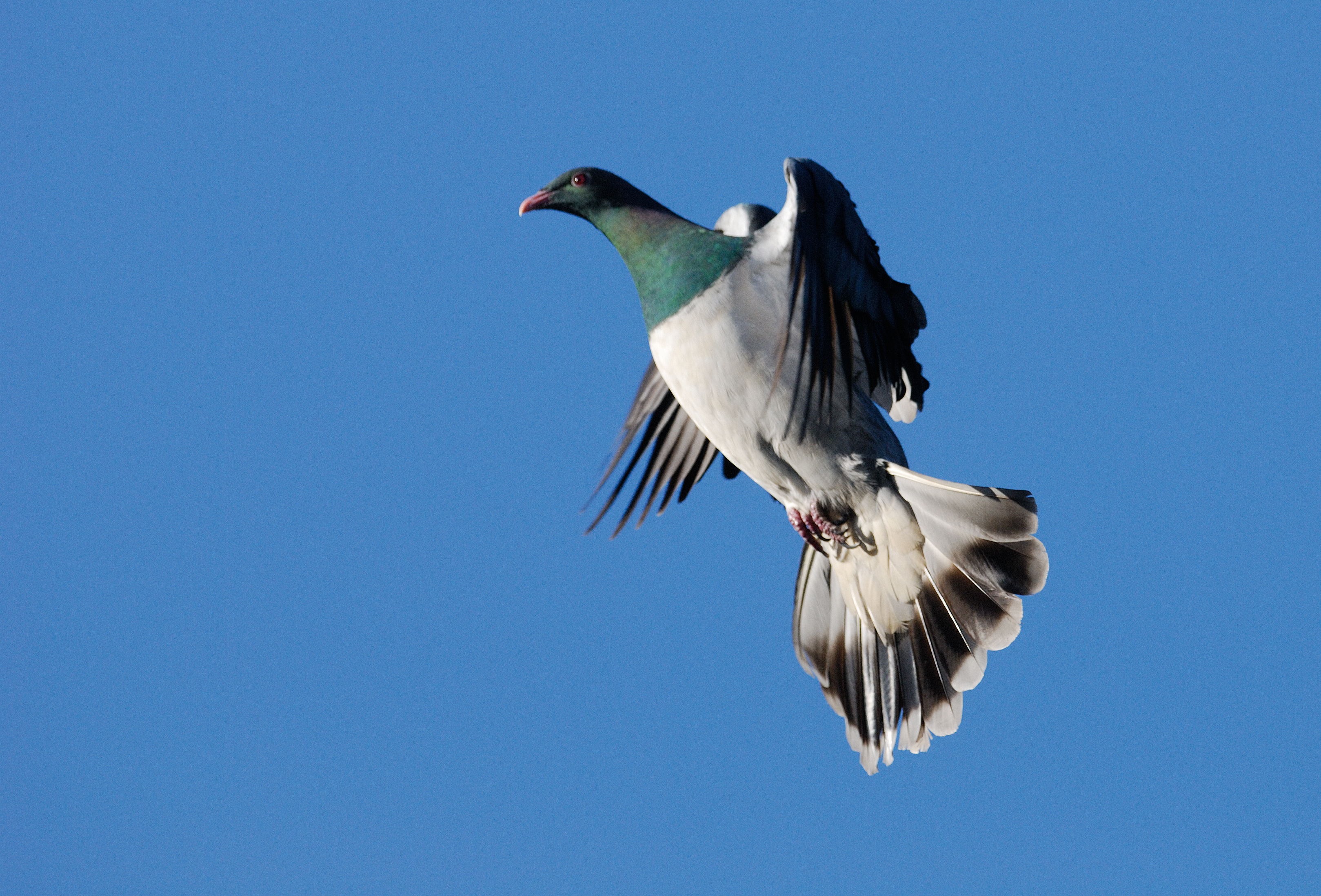Crustaceans
Crustaceans (Crustacea /krʌˈsteɪʃə/) form a large, diverse arthropod taxon which includes such animals as crabs, lobsters, crayfish, shrimps, prawns, krill, woodlice, and barnacles. The crustacean group can be treated as a subphylum under the clade Mandibulata; because of recent molecular studies it is now well accepted that the crustacean group is paraphyletic, and comprises all animals in the clade Pancrustacea other than hexapods. Some crustaceans are more closely related to insects and the other hexapods than they are to certain other crustaceans. Credit to Wikipedia
Ecology
The majority of crustaceans are aquatic, living in either marine or freshwater environments, but a few groups have adapted to life on land, such as terrestrial crabs, terrestrial hermit crabs, and woodlice. Marine crustaceans are as ubiquitous in the oceans as insects are on land. The majority of crustaceans are also motile, moving about independently, although a few taxonomic units are parasitic and live attached to their hosts (including sea lice, fish lice, whale lice, tongue worms, and Cymothoa exigua, all of which may be referred to as "crustacean lice"), and adult barnacles live a sessile life – they are attached headfirst to the substrate and cannot move independently. Some branchiurans are able to withstand rapid changes of salinity and will also switch hosts from marine to non-marine species. Krill are the bottom layer and the most important part of the food chain in Antarctic animal communities.[23]:64 Some crustaceans are significant invasive species, such as the Chinese mitten crab, Eriocheir sinensis, and the Asian shore crab, Hemigrapsus sanguineus.



